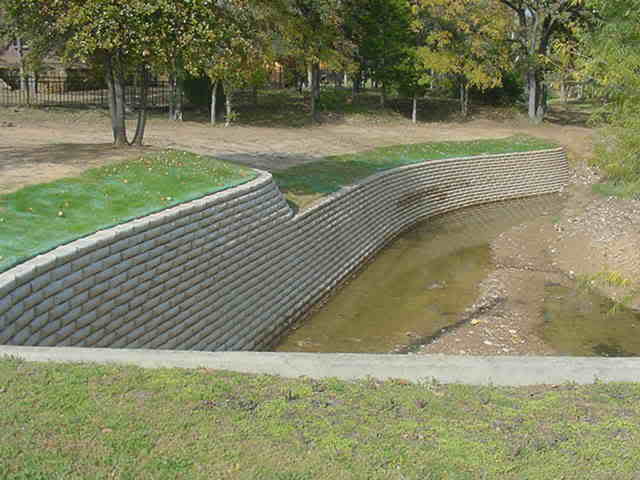I have a small (roughly 1/4 or 1/3 of an acre) paddock around my (run in) barn where I keep my horses at night and when it’s very wet in my pastures. The paddock is sloped and my attempts at adding sand to improve drainage washed out a few weeks ago when we got 3" of rain in a few hours. I’m now considering terracing the paddock, perhaps with railroad timbers - as well as adding sand again (more details below*). Does anyone have experience with a heavily-used paddock that’s terraced? I’ve never seen it done so I’m leery about the horses hurting themselves on it, or something. I’d appreciate any experience or opinions you can give me.
*The soil in my area is full of limestone. When it’s been very wet the horses develop hoof issues from walking on wet mud and then sharp limestone, so I would really like to do something to make the paddock a good alternative in poor weather. The paddock also has several trees (and accompanying roots) in it, so scraping up the ground isn’t an option. I like the trees - we’re in TX and the horses like the shade.

